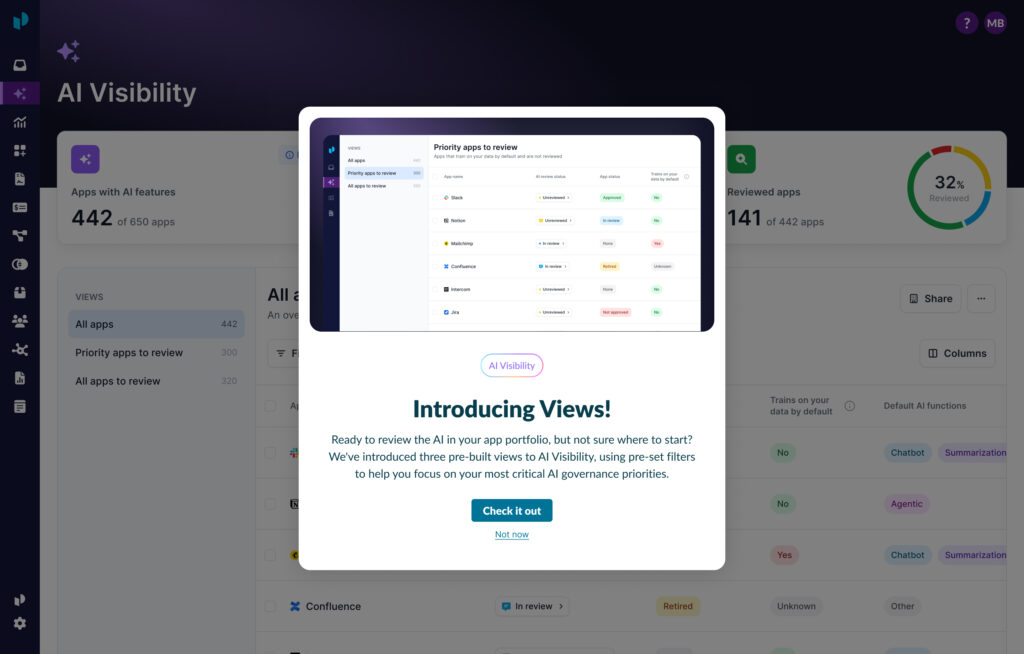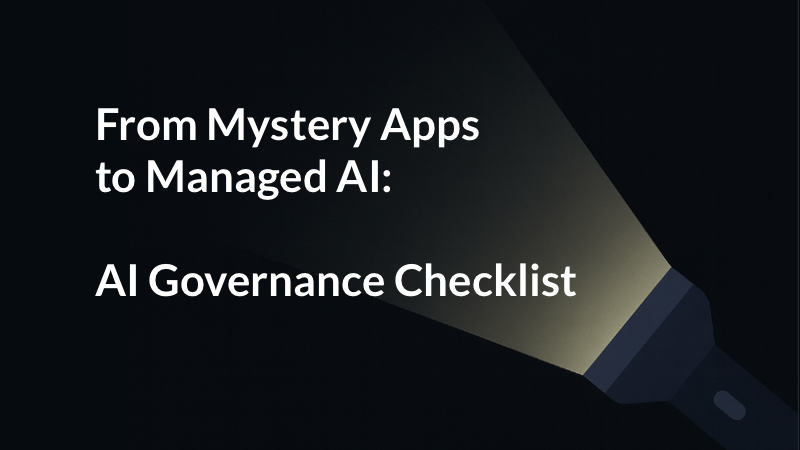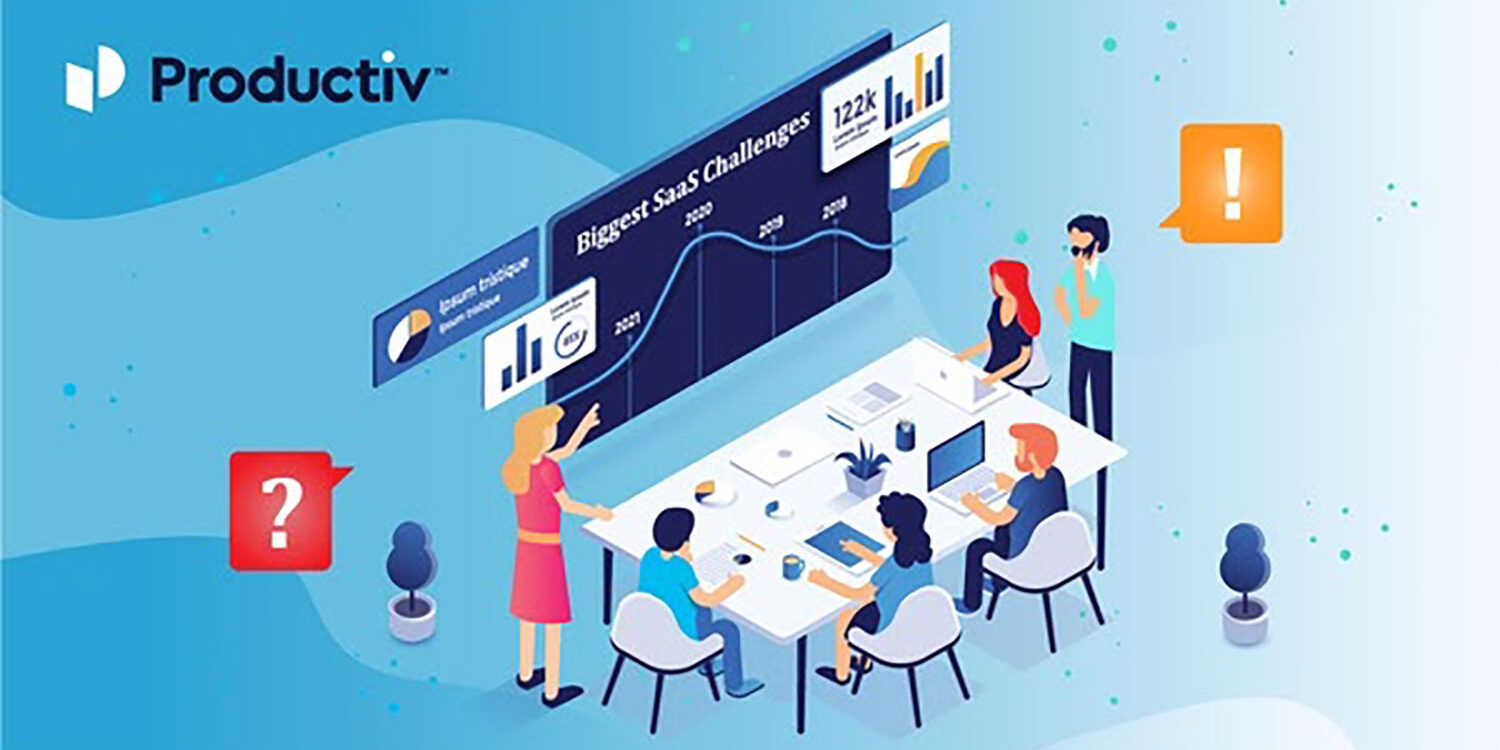
Top 6 Biggest SaaS Challenges and How to Address Them
Software-as-a-service are among the most valuable assets in today’s business environment. The right tools can be the gateway to faster innovation, increased productivity, and maintaining a competitive edge.
Crafting your SaaS stack, however, isn’t as simple as it might seem.
If there’s a problem that needs solving, there’s like an app that can help. This is precisely the beginning of the challenges CIOs and IT leaders face: How can you tell which apps truly belong in your budget and which ones aren’t delivering their intended value?
This question leads to six additional SaaS challenges that IT teams must confront:
Limited Visibility
Most companies use over 200 SaaS different applications!
That’s a lot for an IT team to keep track of. But the bigger problem is a lack of understanding of what each app is capable of and how exactly it’s being used.
Part of this lack of IT intel stems from the growing practice of Shadow IT, where app purchases are decentralized across the organization. Employees and departments that bypass IT when making new SaaS purchases are missing out on important conversations and considerations that IT could bring to the table.
For example, the company may already subscribe to certain or similar tools that departments are purchasing individually. A better approach would be for IT to negotiate an enterprise plan with better rates from the vendor.
Complex Planning and Budgeting
When IT and Procurement can’t be certain about its SaaS subscriptions, it can lead to poor budgeting and overspending.
Companies may be spending more on their SaaS applications than they need to due to redundancies, abandoned or unnecessary tools that are auto-renewed, or lack of negotiations with software vendors.
Looking at this from another angle, when IT budgets are being consumed by unnecessary or unknown apps, it could prevent the company from investing in tools that could add greater value to the business. Business resources are finite, so it’s essential that IT helps the company make the most of its software spend to drive growth and innovation throughout the enterprise.
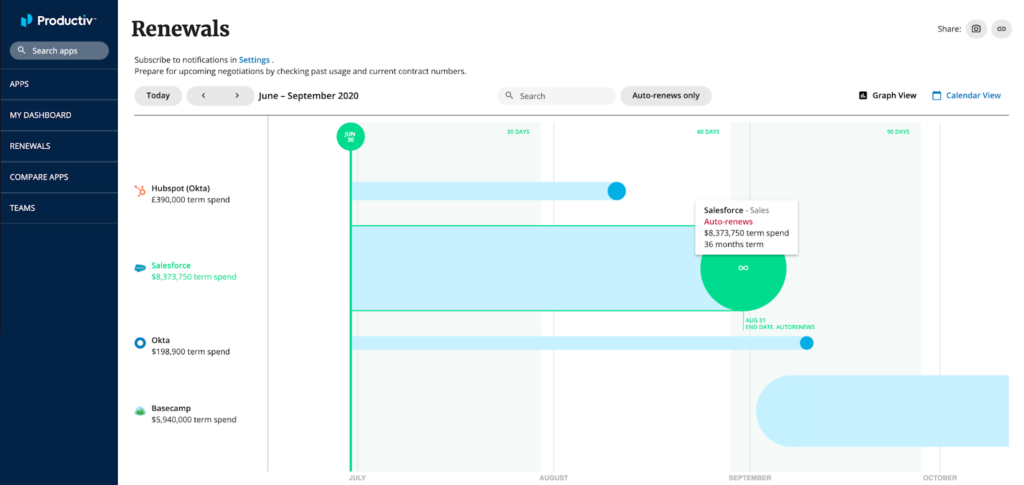
Proliferated Vendor Management
Dealing with 200+ apps often means managing 200+ vendors, contracts, and renewals. This can easily become a full-time job in itself. What’s more, it can leave finance, procurement, and IT leaders running blindly if they lack insight into the why behind each app purchase.
Without a good system to organize apps, contracts, renewal dates, and other mission-critical details, companies risk renewing software tools they don’t really need or want.
This is a common case when individual employees have purchased tools unbeknownst to IT, then leave their role or the company without handing app ownership to someone else. In these instances, a software subscription could fly under the radar for months or years.
If multiple teams or departments are using the same app with their own subscription, it’s usually wise to consolidate those subscriptions. IT can go to bat on behalf of all the app users to negotiate a better rate with the vendor. Consolidating licenses can also mean dealing with one renewal for the app instead of multiple renewals.
A Strain on IT Resources
While IT may be the backbone of an organization’s technology infrastructure, this critical department doesn’t have infinite resources to work with. Like other departments, IT is constrained by available talent resources, budgets, and time. And yet, they’re often asked to support a growing number of apps.
“Before Productiv, we used to do three-week audits every quarter just to find all the apps,” says Sumit Johar, CIO at MobileIron.
Reducing the strain on IT resources includes addressing SaaS challenges. Because IT is tasked with provisioning (and de-provisioning) the rest of the company with the SaaS tools they need, it’s important for IT to understand how apps and tools are being used and by whom.
With this information, IT can make strategic investments in the right tools and properly onboard new employees to use their app suite.
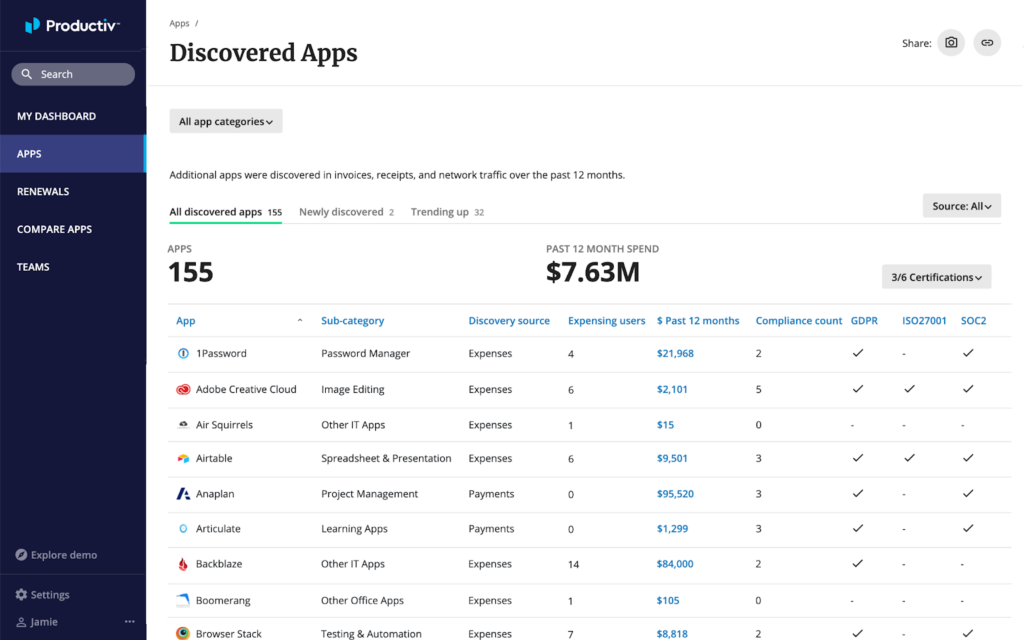
Security and Risk
One of the first things IT leaders ask when bringing a new software tool on board is: What risk does this app pose to our digital infrastructure?
IT teams explore whether apps are compliant, can be put behind SSO, have a good reputation, and myriad other details that the average user doesn’t consider. All it takes is one unsecured app or one instance of unauthorized access, and it could cause a ripple effect throughout the organization. Sensitive data may be exposed or stolen, which could impact the company’s reputation, its bottom line, and user productivity.
“Even a $5 app can represent significant risk,” says Jim Fazzone, Head of IT at HashiCorp.
This is one of the single most important reasons why IT teams work so hard to uncover shadow IT practices. It’s not about dictating which tools an employee uses to get the job done. It’s about maintaining a safe digital environment for all employees. This also includes the need for IT leaders to uncover who has left the company and may still have access to certain apps.
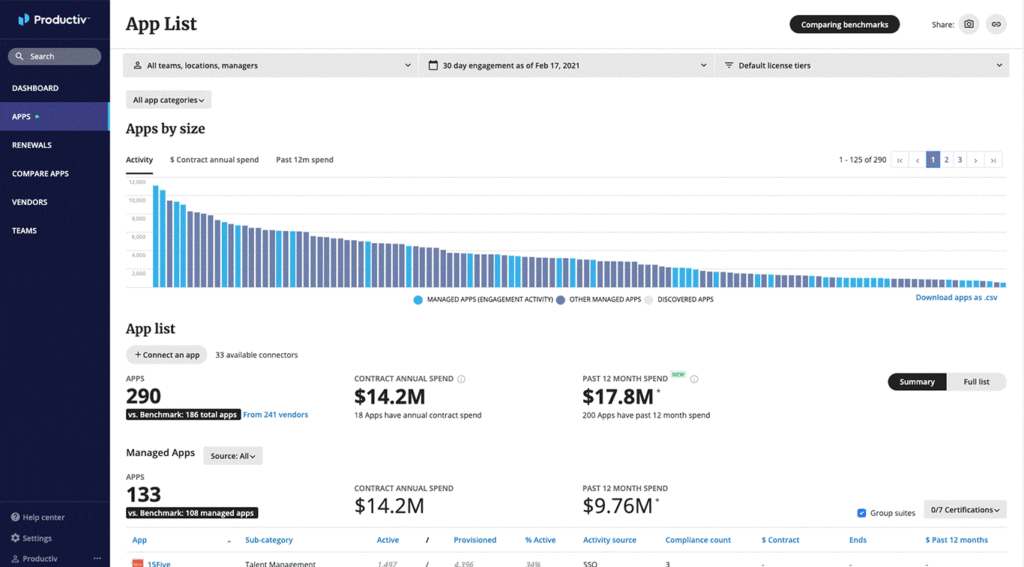
In a world where a company could invest in thousands of different apps and tools, CIOs and IT leaders have their work cut out for them when selecting only the right ones for their organization.
Once the “right” tools are chosen, it becomes a matter of seeing how those tools are really helping the employees. Deeper insight into which features are being used, how many employees have adopted the app, and how often they’re logging into and engaging with the app can support the decision as to whether to keep the app or find something to replace it with.
These details can also help IT teams have more impactful conversations with employees about how they’re using technology to do their job. In some cases, you may find they’re spending a lot of time in the app but not actually accomplishing much because it’s too complicated. Or, you might see a low adoption rate because employees don’t realize a certain tool is available to them.
So how do you address these 6 challenges? Spreadsheets and more headcount? More employee surveys? We strongly believe that SaaS management platforms like Productiv can impact each of these six areas.
Our platform can give you visibility into all of the apps down to the feature and team level. You can see all renewals and licenses on one screen, and even create automated workflows to save IT resources.
Knowledge is power, so why not use real data to optimize your SaaS strategy to ensure employees have the tools they need to do their jobs effectively?
Discover how Productiv supports SaaS without the mess.
About Productiv:
Productiv is the IT operating system to manage your entire SaaS and AI ecosystem. It centralizes visibility into your tech stack, so CIOs and IT leaders can confidently set strategy, optimize renewals, and empower employees.


